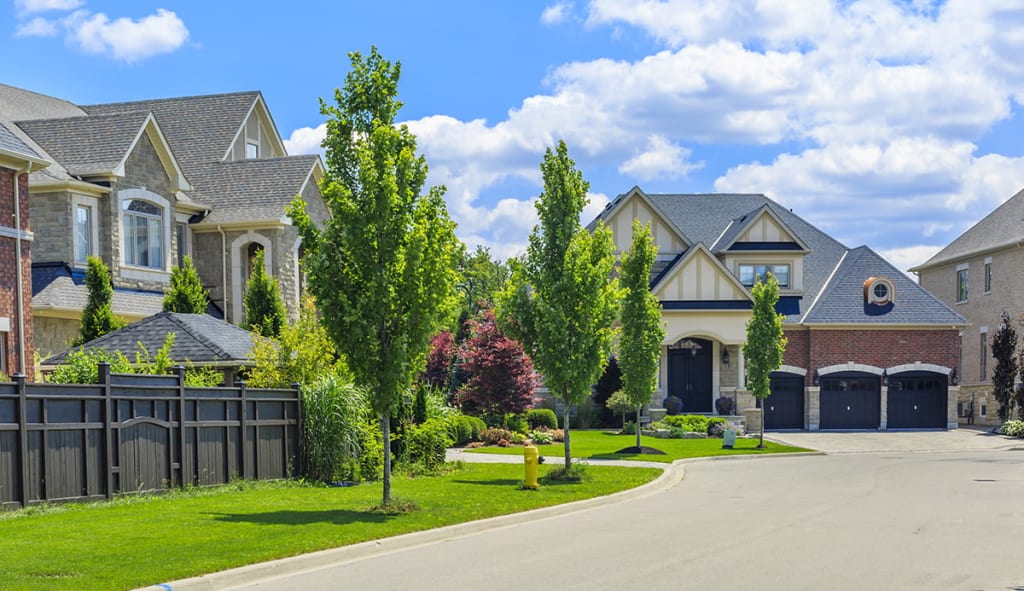Changing Housing Trends Shaping Future of Residential Real Estate
Residential Real Estate

The residential real estate market is constantly evolving, driven by changing housing trends that shape the way people live and the type of homes they seek. These trends are influenced by various factors such as demographics, technology advancements, and societal shifts. Understanding these trends are crucial for real estate professionals to adapt their strategies and meet the demands of future homebuyers says Nima Bendavood.
Rise of Eco-Friendly Homes
One significant trend shaping the future of residential real estate is the rise of sustainable and eco-friendly homes. With growing concerns about climate change and environmental sustainability, more homebuyers are seeking energy-efficient properties with features like solar panels, smart thermostats, and green building materials. This trend not only benefits the environment but also helps homeowners save on energy costs in the long run. With growing concerns about climate change and environmental degradation, more individuals are opting for energy-efficient homes that minimize their carbon footprint. This shift towards sustainability has led to innovations in building materials, such as recycled or renewable resources, as well as the integration of solar panels and smart home technologies.
Popularity for small living space
As urban areas become more crowded and housing prices soar, many people are embracing minimalistic lifestyles by downsizing their homes. Tiny houses and micro-apartments have gained traction among millennials who prioritize experiences over material possessions. Small living spaces promote decluttering and encourage individuals to prioritize what truly matters.
Demand for multi-generational living spaces
Another important trend is the increasing demand for multi-generational living spaces. As families become more diverse in terms of age and composition, there is a growing need for homes that can accommodate multiple generations under one roof. This includes separate living areas or even accessory dwelling units (ADUs) that provide privacy while still allowing for close family connections. One of the main reasons for this increasing demand is the aging population. As life expectancy continues to rise, more families are finding themselves caring for elderly parents or grandparents. Multi-generational living provides a practical solution by allowing families to live together under one roof, ensuring that the elderly receive proper care and support while maintaining close family ties.
Role of New Technology
Nima Bendavood: Furthermore, technological advancements are revolutionizing residential real estate. Smart home technology has become increasingly popular, allowing homeowners to control various aspects of their homes remotely through mobile apps or voice commands. From security systems to temperature control to entertainment systems, these technologies offer convenience and efficiency. Energy-efficient appliances and solar panels are now common features in many homes as people strive to reduce their carbon footprint. Additionally, innovations in insulation materials and smart thermostats have made it easier for homeowners to conserve energy and reduce utility costs.
Effect of Remote Work
Additionally, changing work patterns have also impacted housing trends. The rise of remote work has made location less important for many professionals, leading to increased interest in suburban or rural areas where larger homes with outdoor spaces are more affordable compared to urban centers.
Bottom line
Over the years, housing trends have undergone significant transformations due to various factors such as economic conditions, technological advancements, and changing lifestyles. These changes have had a profound impact on the way people live and the types of homes they choose.
In conclusion, Nima Bendavood says, changing housing trends are reshaping the future of residential real estate. Sustainable homes, multi-generational living spaces, technological advancements, and evolving work patterns all play a role in shaping what homebuyers desire in their ideal properties. Real estate professionals must stay informed about these trends to meet the evolving needs and preferences of future homeowners.
About the Creator
Nima Bendavood
Nima Bendavood has extensive experience in all aspects of the real estate industry. Nima first embarked on his real estate journey within the residential and single-family space.
Enjoyed the story? Support the Creator.
Subscribe for free to receive all their stories in your feed. You could also pledge your support or give them a one-off tip, letting them know you appreciate their work.






Comments
There are no comments for this story
Be the first to respond and start the conversation.